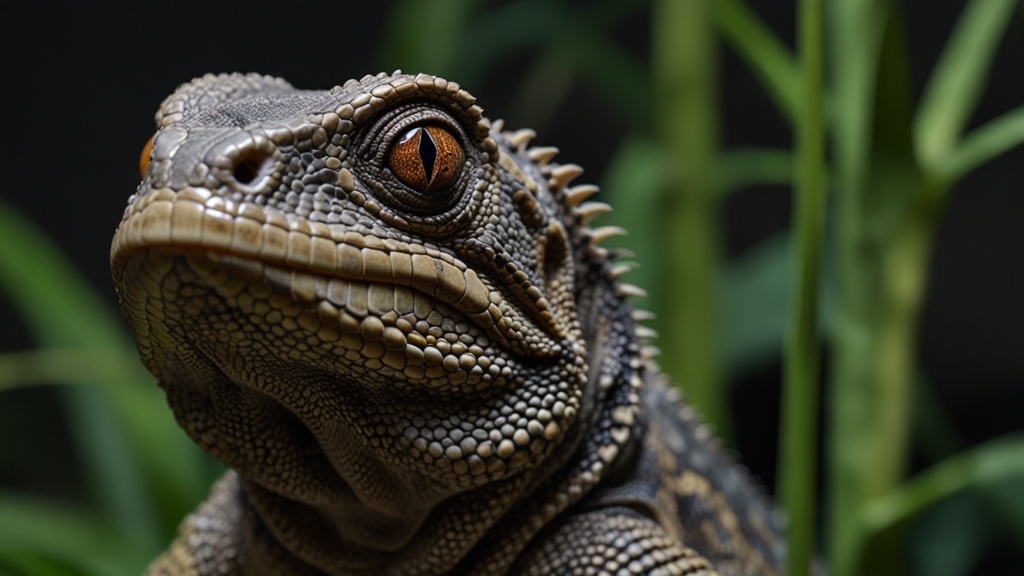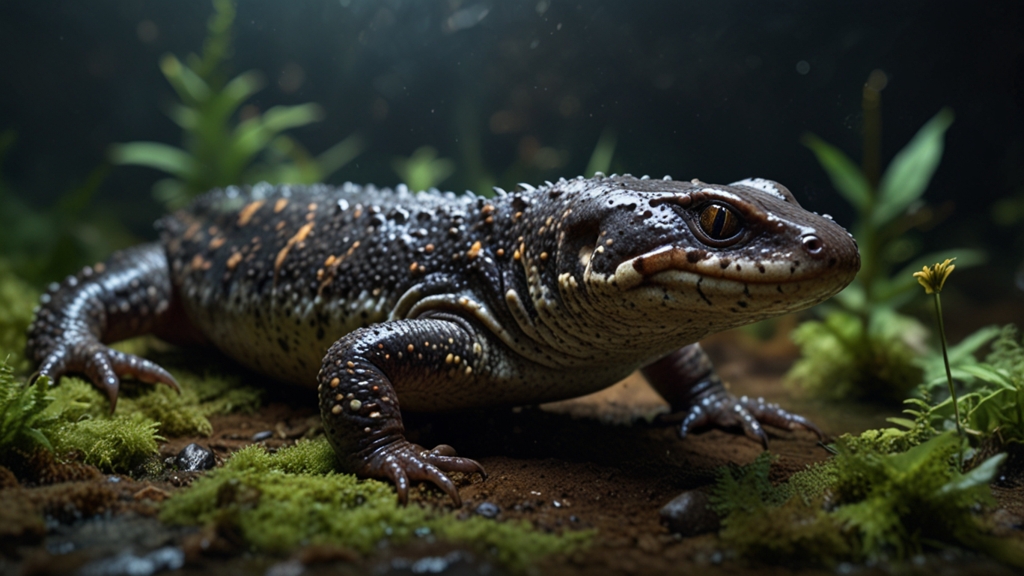Reptiles and Climate Change: How They Are Coping with a Warming World
Climate change is an ever-pressing issue that affects all forms of life on Earth. Reptiles, with their unique physiological and ecological characteristics, are particularly susceptible to the shifts in climate. As ectothermic animals, reptiles rely heavily on external sources of heat to regulate their body temperature. This dependency makes them especially vulnerable to climate change, which can alter their habitats, breeding cycles, and overall survival. This article explores how reptiles are coping with a warming world and the adaptive strategies they are employing.
The Challenges of a Changing Climate
Reptiles face a myriad of challenges due to climate change. Rising temperatures can disrupt their thermoregulation, leading to overheating or affecting essential behaviors such as basking and feeding. Furthermore, altered precipitation patterns can impact the availability of water and suitable nesting sites, critical for the survival of many reptilian species. Coral bleaching, caused by warmer ocean temperatures, is another key concern, particularly for marine reptiles like sea turtles.
Moreover, climate change can exacerbate habitat loss through sea level rise, increased frequency of wildfires, and desertification. As their habitats shrink and degrade, reptiles may be forced to migrate to less optimal areas, which can result in increased competition and mortality rates. These environmental stressors combined have the potential to threaten the very existence of numerous reptilian species.
Adaptation and Resilience
Despite the looming threats, reptiles are not entirely defenceless against climate change. Some species show remarkable adaptability to fluctuating environmental conditions. For instance, certain reptiles can adjust their behavior by altering basking times or seeking refuge during extreme heat. Other species may exhibit physiological changes, such as altering their metabolic rates or producing heat-shock proteins to cope with stress.
"Reptiles have been around for millions of years, enduring significant climatic shifts. Their ability to survive through these changes can be a testament to their resilience," says Dr. Jane Harper, a herpetologist and climate scientist.
Some reptiles are also expanding their ranges, venturing into new territories where conditions are becoming suitable due to climate change. This range shift can allow them to exploit new habitats, although it often comes with its own set of challenges, such as the presence of novel predators or competitors.
Conservation Efforts
Recognizing the plight of reptiles, conservationists and researchers are taking proactive measures to aid their survival. Efforts include habitat restoration, creating wildlife corridors to facilitate safe migration, and captive breeding programs to bolster populations of endangered species. Monitoring and research are crucial components, as they provide valuable insights into how various reptilian species are responding to changing conditions and help guide effective conservation strategies.
"Protecting reptile habitats and ensuring the integrity of ecosystems are vital steps in mitigating the impacts of climate change on these ancient creatures," emphasizes Dr. Harper.
Innovative solutions, such as the use of artificial nesting sites for sea turtles or translocating species to more suitable habitats, are also being explored. Community involvement and education play pivotal roles, as local populations can often contribute to conservation efforts through sustainable practices and habitat protection initiatives.
A Call to Action
The ongoing battle against climate change requires a concerted effort from all sectors of society. As we strive to reduce our greenhouse gas emissions and transition to more sustainable lifestyles, we must also prioritize the preservation of our planet's biodiversity. Reptiles, as integral components of ecosystems, deserve our attention and action.
By supporting conservation efforts, advocating for policies that address climate change, and fostering a deeper understanding of the natural world, we can help ensure that reptiles and other wildlife continue to thrive in an ever-warming world. The resilience of reptiles offers hope, but it is humanity's responsibility to safeguard their future.
In conclusion, reptiles are facing significant challenges due to climate change, but they also exhibit a capacity for adaptation and resilience. Conservation efforts, informed by robust research and community involvement, are crucial for supporting these ancient creatures as they navigate a rapidly changing environment.










